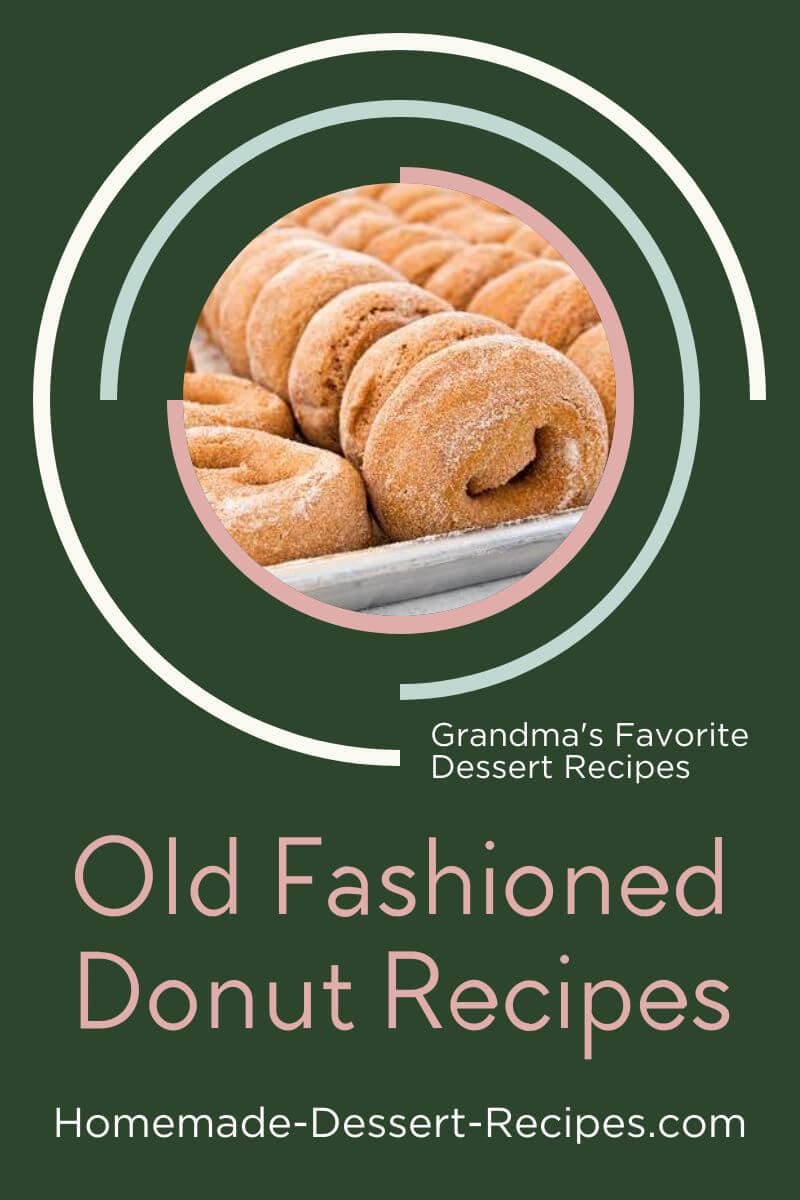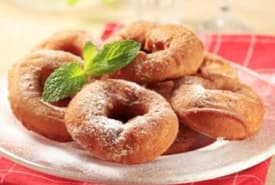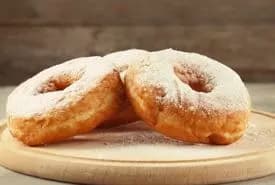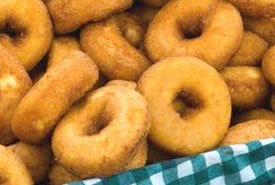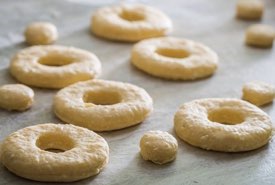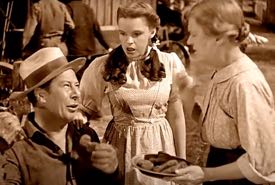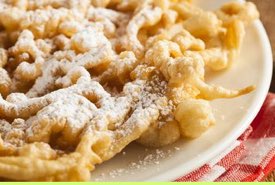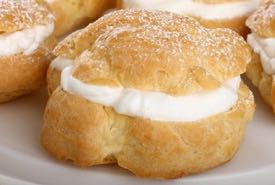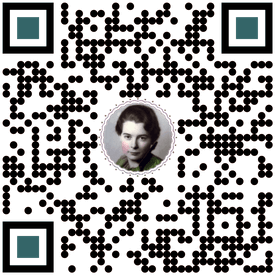- Home
- Donuts & Pastry
Old Fashioned Donut Recipes Without Yeast
Some of my fondest kitchen memories are of my mother and grandmother making the old fashioned donut recipes featured on this page. Their hands, dusted with flour, transformed a simple dough into perfectly golden, crispy donuts. The sizzle of the frying and the sweet aroma that filled the house was pure magic. These aren't just recipes; they're a taste of a simpler time, preserved exactly as written in cherished family recipe books.
This collection is your gateway to recreating those moments. Here, you'll find the authentic recipes that generations have loved — from tangy buttermilk rings and crullers to sweet, crispy potato donuts. I invite you to explore these timeless treats and create some delicious memories of your own.
Grandma's Old Fashioned Donut Recipes
 Enjoy Serving Delicious Old Fashioned Donuts
Enjoy Serving Delicious Old Fashioned Donuts(Source: ©jentara/Depositphotos.com)
Explore Grandma's old fashioned donut recipes below and choose your favorite to start baking! Please note: These recipes are presented exactly as Grandma read them, preserving the original instructions and ingredients to give you an authentic, old fashioned baking experience.
Creamy Indulgences
Grandma's Secrets to Perfect Donuts
Success depends as much on the cooking as on the mixing. Follow these time-tested tips to ensure your homemade donuts are golden brown and perfectly cooked every time.
Grandma's Tip
You can substitute your favorite cooking oil or shortening for the lard, but using lard or fat does lend its old time flavor.
1, Preparing the Lard
- Use the Right Amount: Make sure you have enough hot lard, shortening, or cooking oil in your fryer so the donuts can float freely to the top without touching the bottom. This ensures even cooking.
- The Flavor of Tradition: While modern cooking oil and shortening work well, using lard will give your donuts that authentic, old-time flavor Grandma enjoyed.
2. Getting the Temperature Just Right
- Avoid Smoky or Cool Lard: Your lard, shortening, or cooking oil should be hot enough for frying, between 325°F and 375°F (165°C and 190°C), but never so hot that it begins to smoke. If it's too cool, the donuts will absorb the grease and become heavy.
- The Dough Test: To check if the temperature is perfect, drop a small piece of dough into the fryer. If the lard boils up around it immediately, you're ready to start frying.
3. Frying to Golden Perfection
- Constant Turning is Key: Turn the donuts almost constantly with wooden skewers or tongs. Mom found the skewers handier than tongs for the purpose. This turning helps them rise properly and brown evenly on all sides.
- Cooking Time: At the right temperature, your donuts should be a beautiful, delicate brown on the outside and fully cooked inside in about 10 minutes or less.
- Drain Properly: Once cooked, lift the donuts from the hot fat and place them on a wire rack. Let them drain completely until every last drop has dripped off before serving.
The Brief History of Donuts
Did you ever wonder where the first donuts originated? Well, believe it or not, the Bible records in Leviticus 7:12 that the priest offered with the sacrifice of thanksgiving, "cakes mingled with oil, of fine flour, fried" — donuts?
Seriously folks, there are numerous theories and legends, but it's believed by many food historians that donuts first appeared in Germany and Holland as cooks dropped leftover bits of dough into hot oil or fat, which they called olie koeken (oily cakes) or oliebollen (fat balls).
Some Dutch bakers shaped their oily cakes into fancy knots (dough-knots) and rolled them in sugar after frying.
European bakers also made small cakes called jumbles that often had a hole in the middle, and it's only natural that some would make their "dough-knots" with a hole in the middle too. The hole is actually practical in that it permits the donuts to cook uniformly in the hot oil without having a semi-cooked, doughy center.
The old fashioned donut recipes originated after as people sought to duplicate the tasty treat in their own kitchens.
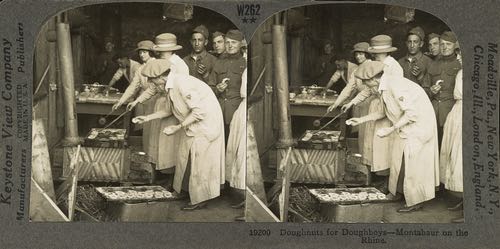 Y-Girls Making Donuts at Montabaur on the Rhine, circa 1914-18 (Source: Library of Congress Prints and Photographs Division Washington, D.C. LC-DIG-stereo-1s04260)
Y-Girls Making Donuts at Montabaur on the Rhine, circa 1914-18 (Source: Library of Congress Prints and Photographs Division Washington, D.C. LC-DIG-stereo-1s04260)Hundreds of young women volunteered to staff YMCA Canteens in Europe during World War I. The Canteens offered a safe place for American soldiers stationed in France and Germany to read, write letters home, and relax between battles.
These Canteen Girls, also known as Y-Girls, gave the young fighting men a reminder of home by serving them hot coffee and non-alcoholic beverages along with tasty sandwiches and doughnuts.
In the European towns, women and girls would often be hired to fry doughnuts by the thousands as American soldiers became known as "Doughboys" because of their passionate demand for fried donuts.

The old-time stereograph picture creates a 3D effect. View it by crossing your eyes slightly until the two images merge into one central 3D picture. It's a fun visual trick to try.
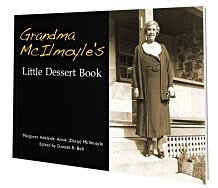
Sign Up now for GRANDMA'S DESSERT CLUB and download your FREE PDF COPY of Grandma McIlmoyle's Little Dessert Book. Also receive my regular Bulletin featuring classic recipes and nostalgia.
